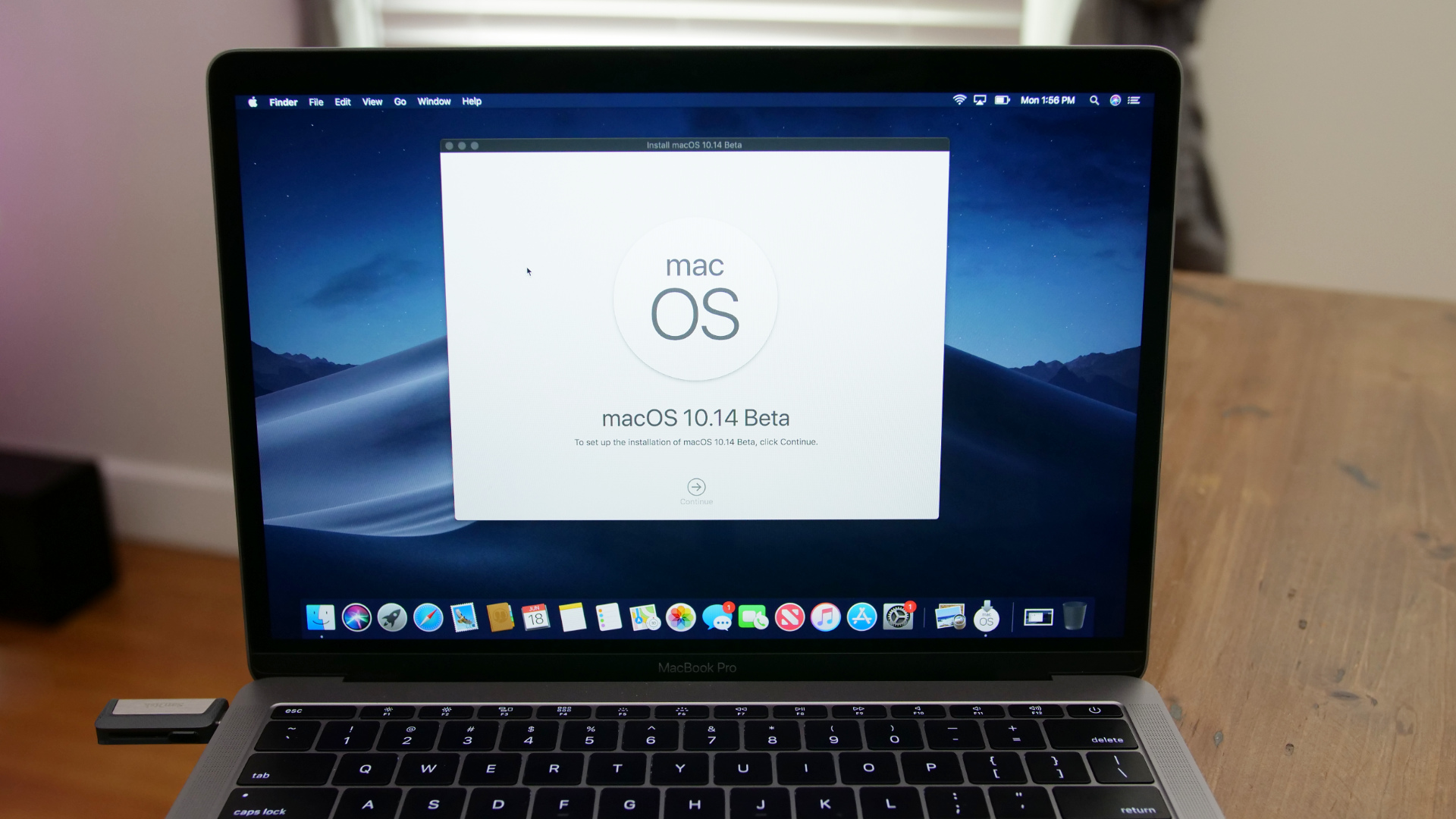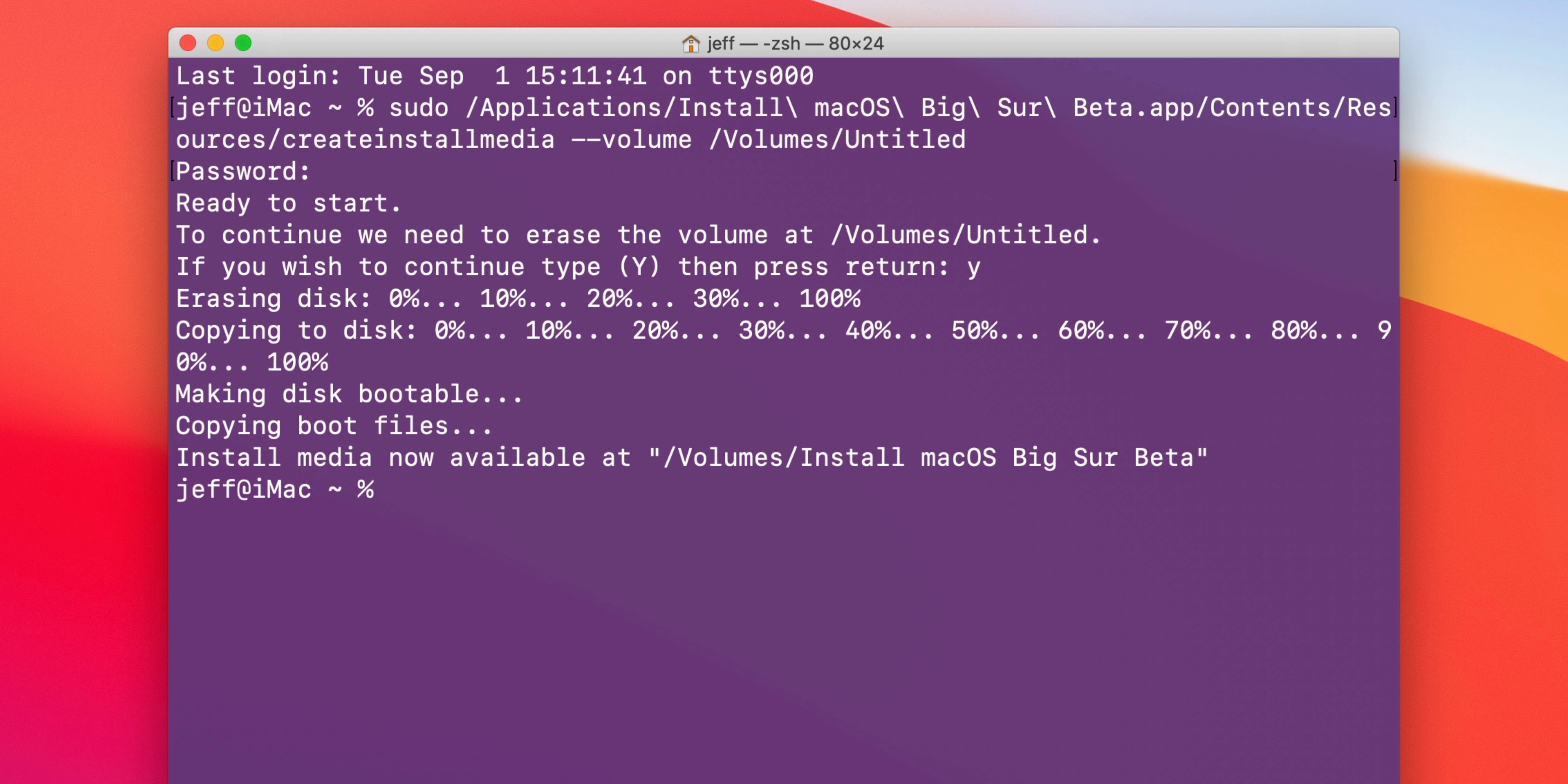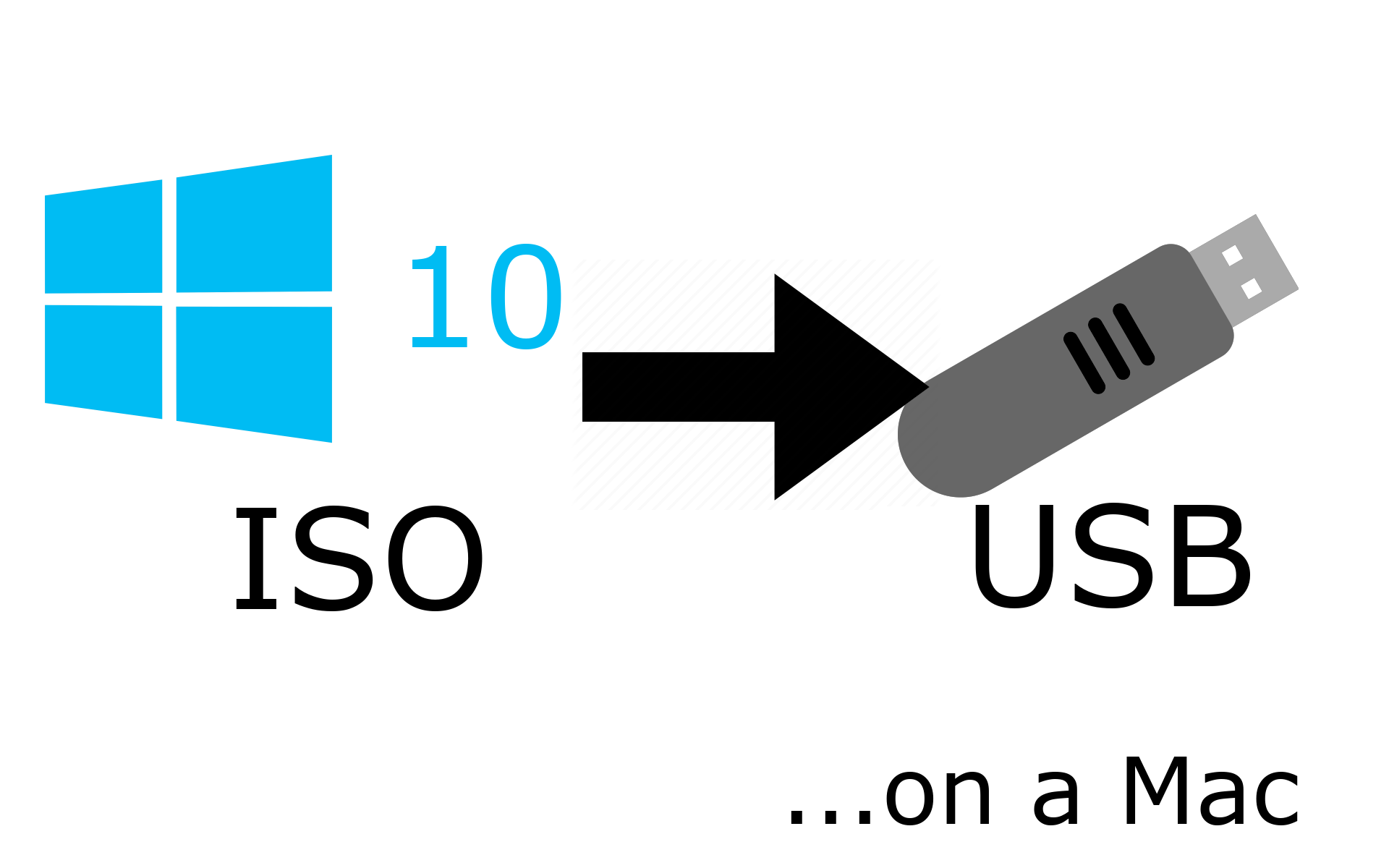


- #Make usb boot for mac how to#
- #Make usb boot for mac for mac#
- #Make usb boot for mac mac os#
- #Make usb boot for mac install#
- #Make usb boot for mac manual#
(Terminal doesn't show characters when you type your password) If prompted, type your admin password, then press Enter again. (This command assumes that the installer is in your Applications folder like we checked for earlier and that MyVolume is the name of the USB drive like we entered in the previous steps.) Sudo /Applications/Install\ macOS\ Monterey.app/Contents/Resources/createinstallmedia -volume /Volumes/MyVolume
#Make usb boot for mac install#
The second phase is to install the Monterey installer onto your external drive using the 'createinstallmedia' command in Terminal here's how:Įnsure that your external drive is connected, and open Terminal (press Command-Space and type Terminal). Select Erase, and wait for the setup to complete, and press Done.
#Make usb boot for mac mac os#
Launch Disk Utility (press Command-Space, then type Disk Utility).įrom the left sidebar, select the root drive of your external device and press Erase.īe sure to choose the following: Name - MyVolume Scheme - GUID Partition Map Format - Mac OS Extended (Journaled). The first phase is to erase your USB Drive ready for the Monterey installer. Now let's create a bootable installer for macOS. This is an essential step for the setup a little later. If it's not, use Finder to search for it and move it to the Applications. Open your Applications folder and locate the "Install macOS Monterey" app.Ĭonfirm that the installer is located in your Applications folder. Once complete, the installer will launch, do not select the Continue button. Create a bootable installer for macOSĭownload macOS Monterey installer from the official Apple support site. Now you're finally ready to start, let's create a bootable USB mac. Launch the app - download the free version here. That's what I like to do: it's quick, easy, and notarized by Apple. You could spend time clearing out cache, junk and locating all of your temporary system logs manually, or you could save valuable time with a tool like CleanMyMac X. Time Machine will now begin making a backup.īefore you create a bootable installer, it’s wise to give your machine a quick cleanup, so it's fully optimized and running its best before you upgrade its system. Open the Apple Menu > System Preferences > Time Machine.Ĭlick Select Disk and locate your preferred location select Use Disk.
#Make usb boot for mac how to#
Here's how to back up your Mac with Time Machine: Make sure the portable device is formatted for macOS.īefore you start reformatting and erasing disks, it's worth doing a backup to protect all of your files, just if something happens, goes wrong, or you want to revert back. USB, HDD, or SSD with at least 16GB of available memory. How to create a bootable macOS Monterey installerįirst things first, before we go any further, let's take a look at what you need to create a bootable macOS Monterey installer: It will enable you to boot your Mac from the file system within the flash drive instead of your hard drive.
#Make usb boot for mac for mac#
To put it simply, a bootable USB for Mac is a portable device that contains all the required installation files for a particular version of macOS. Knowing how to create a bootable installer for macOS is handy if you want to install the newest macOS version across multiple Macs, install the latest macOS beta, or carry out a clean install.Īll you need is a macOS formatted USB, HDD, or SSD. In this article, we'll take a closer look at all the necessary steps, plus some bonus tips.
#Make usb boot for mac manual#
If you have Homebrew or MacPorts, you can get a progress bar by installing the "pv" command and using that instead of "cat".Curious about how to create a bootable installer for macOS? It might sound like a lot of manual work, but It's not as daunting as it sounds. No progress is shown while writing this way. You will be prompted for the administrator's password. r is for raw disk, as writing to /dev/rdisk2 is much faster than writing to /dev/disk2. dev/rdiskN is the same disk you have found previously, with an r in front. # sudo sh -c "cat /path/to/downloaded.iso > /dev/rdiskN" Where /dev/diskN is the one you have found in previous step as per our example it would be "/dev/disk2". In this case "/dev/disk2" is the one we want.

Then note the corresponding /dev/diskN, where "N" is for index of your disk. This will print out the list of currently mapped devices/partitions. Plug-in your USB stick and find what "/dev/diskN" it is mapped to by opening Terminal (where "N" stands for "disk0", "disk1", "disk2" etc). It now contains a bootable openSUSE installation media. The process of burning can last from 1 to up to 30 minutes depending on your drive and on the iso file. The drive can be reformatted and used as a normal drive again after the setup is finished. Warning: All data on the drive will be destroyed.


 0 kommentar(er)
0 kommentar(er)
